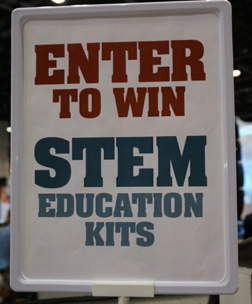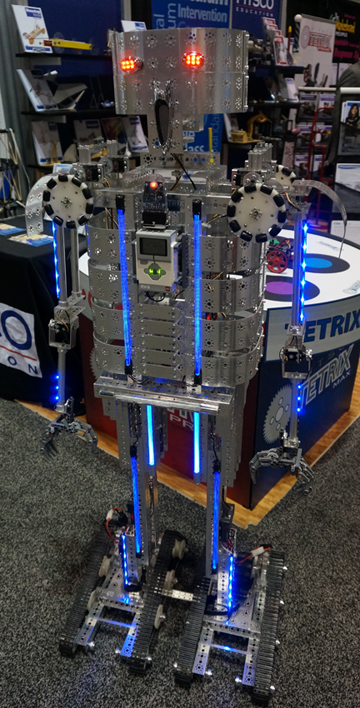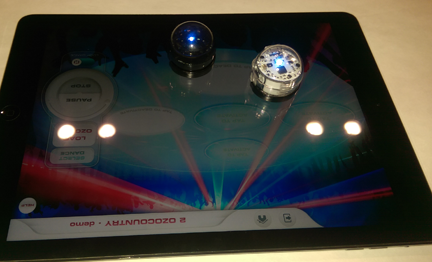 STEM, STEM, STEM, robots, robots, robots.
STEM, STEM, STEM, robots, robots, robots.
I was walking through the FETC exhibit hall looking at what the vendors had to offer and I had a strange thought. I wondered if many of the educators taking in the same sights felt left out. So much of the focus was on coding, robots, and science. What about reading and writing, the humanities, and the social sciences. Perhaps those who might recognize the narrow focus were not in attendance.
Yes, I understand some have noticed that STEAM is also a word and try to use this as a logic to include the arts. Kind of a strange approach, but if that is all you have you give it a try. It is clear where the companies believe the money is at this point. The message the vendors have embraced becomes a self-fulfilling prophecy that appeals to parents and perhaps more importantly, politicians. Perhaps educators should be satisfied that politicians see any reason to invest in education. Here we go with another trickle down model.
Yes, I understand some have noticed that STEAM is also a word and try to use this as a logic to include the arts. Kind of a strange and weak argument, but if that is all you have you give it a try. It is clear where the companies believe the money is. The message they bring becomes a self-fulfilling prophecy that somehow has appealed to parents and perhaps more importantly, politicians. Perhaps educators should be satisfied that politicians see any reason to invest in education. Here we go with another trickle down model.
I wonder just what problem the emphasis on STEM is supposed to solve. Some see this as an economic issue with science and technology allowing the nation to gain some kind of economic advantage and providing the solutions to some significant problems. I agree, but I just do not see the universal emphasis on STEM for all students providing an efficient benefit. Realistically, most students will not move into STEM careers. If advancing science or technology is the goal, STEM for all is likely less important than offering options for more capable and interested students.
Another argument suggests that technology is part of so many areas of life we need more programs and all need to better understand how technology works. When it comes to the suggestion that coding providing insight into technology-enabled challenges I believe this to be a weak argument. For example, computer literacy is a very different thing from programming. Those promoting computer science make this argument all of the time. It should be recognized that the argument works both ways. Programming is a vocational skill. Many problems associated with technology (e.g., privacy) or even areas of application are really more issues of computer literacy than programming experience.
K12 education is, in reality, a zero sum game. Increasing a focus on STEM means subtracting time and resources from other subjects. Many of our most serious problems are economic, behavioral, and/or political in nature. The social sciences and humanities folks presently lack strong advocates and can offer fewer sparkly toys to impress parents and politicians. Too bad!
19 total views










You must be logged in to post a comment.